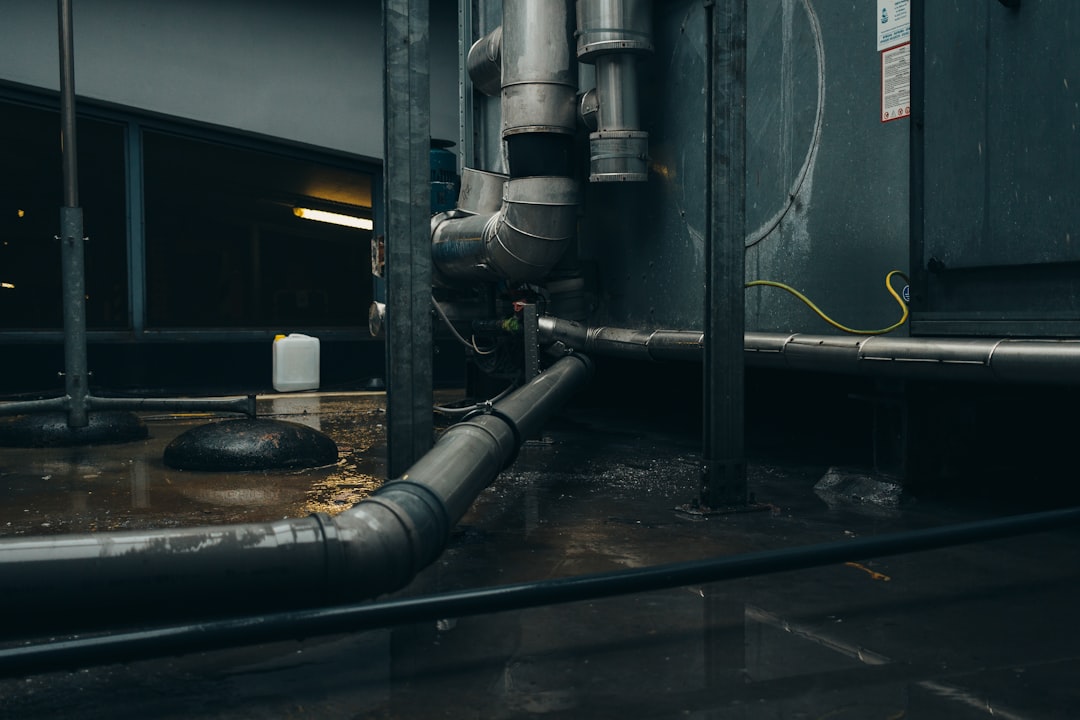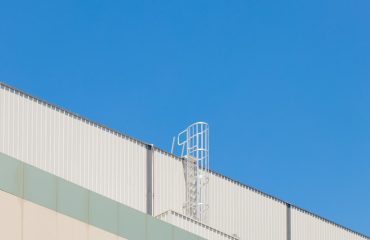Industrial pipes are the unsung heroes of manufacturing. These seemingly simple components are the crucial arteries of any production facility, transporting vital fluids, gases, and slurries that fuel the entire operation. Choosing the right industrial pipes is not just about cost; it’s about ensuring safety, efficiency, and the longevity of your manufacturing processes. This comprehensive guide will delve into the key considerations when selecting industrial pipes for your specific needs.
1. Material Selection: The Foundation of Durability and Performance
The material of your industrial pipe is paramount. The choice depends heavily on the substance being transported, the operating temperature and pressure, and the corrosive environment. Common materials include:
- Carbon Steel: A versatile and cost-effective option for many applications. However, it’s susceptible to corrosion, limiting its use in aggressive environments. Suitable for water, steam, and some gases.
- Stainless Steel: Offers superior corrosion resistance, making it ideal for handling chemicals, acids, and other corrosive substances. Different grades (e.g., 304, 316) offer varying levels of resistance.
- Ductile Iron: Known for its strength and durability, making it suitable for high-pressure applications. It’s also resistant to corrosion and wear.
- Copper: Excellent for potable water systems due to its resistance to corrosion and its ability to inhibit bacterial growth. However, it’s more expensive than steel.
- PVC (Polyvinyl Chloride): A lightweight and corrosion-resistant plastic option, suitable for low-pressure applications and chemical handling. Not suitable for high temperatures.
- CPVC (Chlorinated Polyvinyl Chloride): A higher-temperature version of PVC, offering better chemical resistance and higher pressure capabilities.
Careful consideration of the material’s properties and the specific application is crucial for preventing leaks, failures, and costly downtime.
2. Pipe Size and Diameter: Optimizing Flow and Efficiency
The diameter of your industrial pipes directly impacts the flow rate of the transported substance. An incorrectly sized pipe can lead to bottlenecks, reduced efficiency, and increased energy consumption. Factors to consider include:
- Flow Rate: The volume of fluid or gas that needs to be transported per unit time.
- Pressure Drop: The reduction in pressure as the fluid flows through the pipe. Larger diameter pipes generally result in lower pressure drops.
- Velocity: The speed at which the fluid moves through the pipe. Too high a velocity can cause erosion, while too low a velocity can lead to sedimentation.
- Fluid Viscosity: The thickness of the fluid. Higher viscosity fluids require larger diameter pipes.
Hydraulic calculations are often necessary to determine the optimal pipe size for a given application. Consulting with a piping engineer can ensure the correct sizing for maximum efficiency.
3. Industry Standards and Compliance: Ensuring Safety and Reliability
Adhering to industry standards is critical for ensuring the safety and reliability of your piping systems. Various standards govern the design, fabrication, testing, and installation of industrial pipes, including:
- ASME (American Society of Mechanical Engineers): Sets standards for pressure vessels, boilers, and piping systems.
- ASTM (American Society for Testing and Materials): Develops and publishes standards for materials, testing methods, and performance requirements.
- ISO (International Organization for Standardization): Provides internationally recognized standards for various aspects of piping systems.
Compliance with these standards is essential for obtaining necessary permits and ensuring that your piping systems meet the required safety and performance levels. Ignoring these standards can lead to significant legal and safety consequences.
4. Installation and Maintenance: Prolonging the Lifespan of Your Pipes
Proper installation and regular maintenance are crucial for maximizing the lifespan and efficiency of your industrial pipes. Incorrect installation can lead to leaks, failures, and potential safety hazards. Regular maintenance includes:
- Visual Inspections: Regularly checking for corrosion, leaks, and damage.
- Pressure Testing: Periodically testing the pipes to ensure they can withstand the operating pressure.
- Cleaning: Removing any buildup or deposits that can restrict flow or damage the pipes.
- Repair and Replacement: Promptly addressing any damage or leaks to prevent further problems.
Developing a comprehensive maintenance schedule and training personnel on proper inspection and repair techniques is essential for keeping your piping systems in optimal condition.
5. Cost Considerations: Balancing Initial Investment with Long-Term Savings
While the initial cost of industrial pipes is a factor, it’s crucial to consider the long-term costs associated with maintenance, repairs, and potential downtime. Choosing a more expensive, higher-quality pipe initially may result in significant savings in the long run by reducing the frequency of repairs and replacements. Factors to consider include:
- Material Costs: The price of the pipe material itself.
- Installation Costs: The labor and equipment costs associated with installation.
- Maintenance Costs: The costs associated with regular inspections, cleaning, and repairs.
- Downtime Costs: The loss of production due to pipe failures.
A thorough cost-benefit analysis should be conducted to determine the most economical and efficient solution for your specific application.
By carefully considering these factors, manufacturers can select the optimal industrial pipes for their operations, ensuring safety, efficiency, and the long-term success of their production processes.
Tags:
industrial pipes, manufacturing pipes, pipe materials, piping systems, industrial piping




